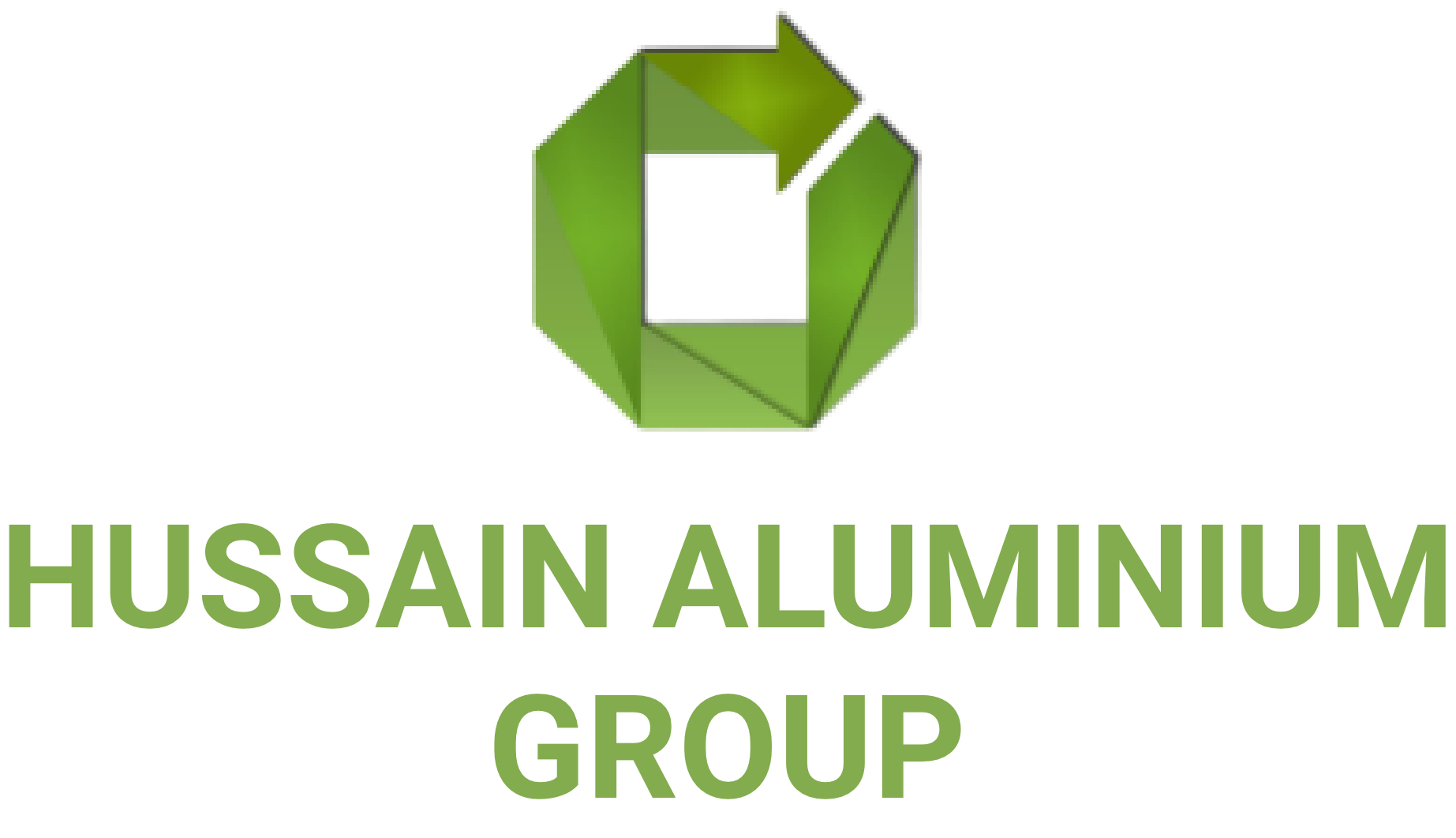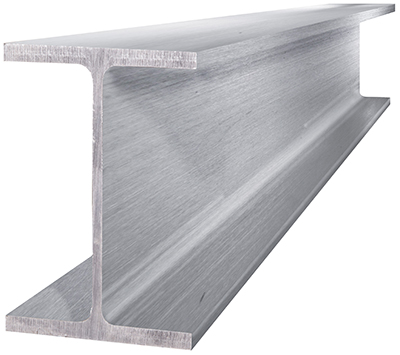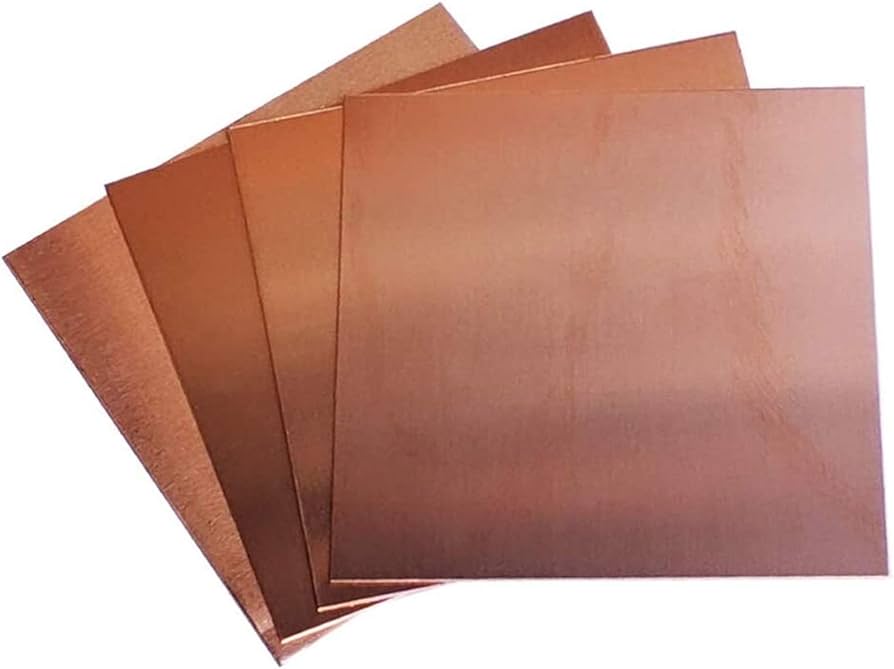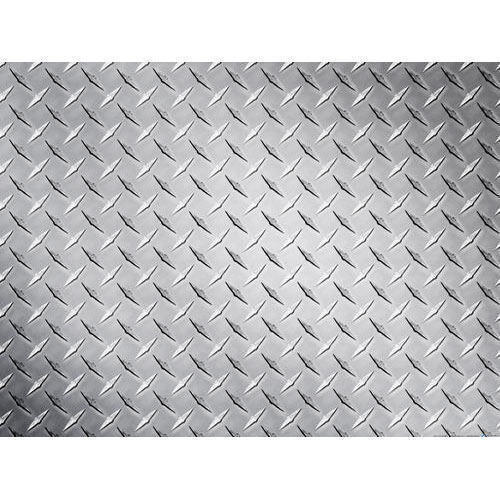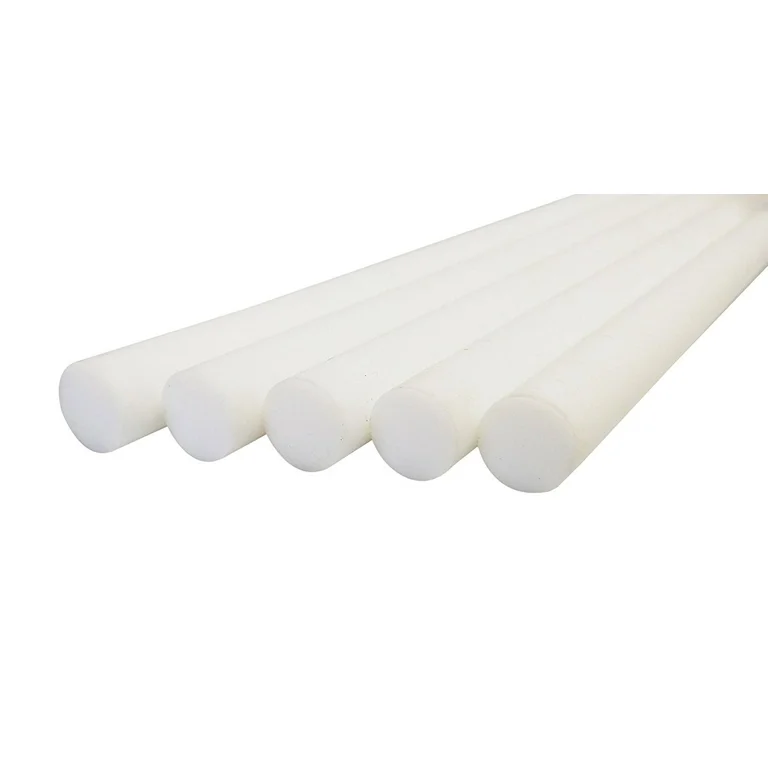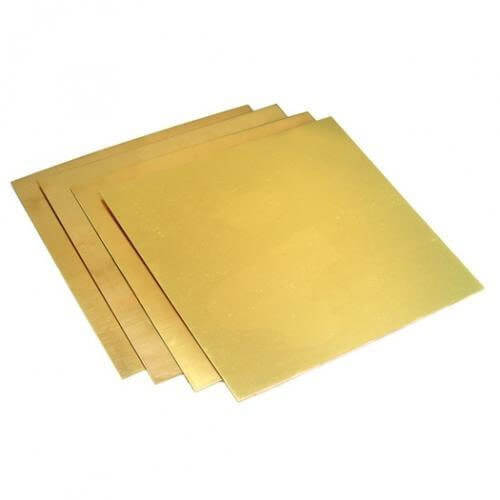Blog
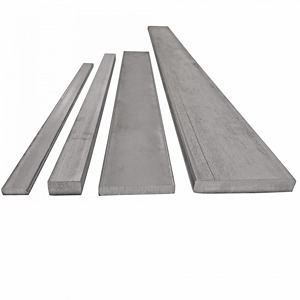
Why Stainless Steel 304 Is the Best Choice for Corrosion Resistance
The UAE’s unique climate presents exceptional challenges for metal applications across industries. Coastal areas experience high salinity, while inland regions face extreme temperature fluctuations, sandstorms, and occasional rainfall that can accelerate corrosion processes.
Material selection directly impacts project longevity, maintenance requirements, and safety standards. Among the various options available, stainless steel 304 has emerged as a leading choice for applications requiring exceptional corrosion resistance in the demanding UAE environment.
The Composition of Stainless Steel 304
Stainless steel 304 derives its remarkable properties from a carefully balanced composition. The alloy typically contains 18-20% chromium and 8-10.5% nickel, combined with minimal carbon content (usually less than 0.08%). Additional elements like manganese and silicon contribute to its overall performance characteristics.
The chromium content plays a crucial role in corrosion resistance. When exposed to oxygen, chromium forms a thin, transparent chromium oxide layer on the surface. Unlike rust which flakes away and exposes fresh metal to continued corrosion, this passive layer adheres tightly to the surface, preventing oxygen from reaching the underlying metal.
What makes stainless steel 304 particularly effective is the self-healing nature of this protective layer. When scratched or damaged, the exposed metal immediately reacts with oxygen to reform the chromium oxide barrier, maintaining continuous protection without requiring additional treatments or coatings.
Superior Performance in Challenging Environments
Coastal applications in the UAE present some of the most demanding conditions for metal components. The combination of salt spray, humidity, and high temperatures accelerates corrosion in most metals. Stainless steel 304 excels in these environments, maintaining its integrity where other materials would rapidly deteriorate.
Food processing and commercial kitchen installations benefit significantly from stainless steel 304. The material resists corrosion from food acids, cleaning chemicals, and sanitizing agents while meeting strict hygiene requirements. Its non-porous surface prevents bacterial growth, making it ideal for applications where cleanliness is paramount.
Economic Benefits Beyond Initial Investment
While the initial cost of stainless steel 304 exceeds that of carbon steel or lower-grade alloys, the long-term economic benefits become apparent when considering total lifecycle costs. Reduced maintenance requirements translate to lower labor costs and minimal downtime for repairs or replacements.
The durability of stainless steel 304 components extends service life significantly, often lasting decades in applications where other materials might require replacement within years. For critical infrastructure projects in the UAE, this longevity offers substantial value despite higher upfront investment.
Aesthetic Advantages in Architectural Applications
Beyond functional benefits, stainless steel 304 offers aesthetic advantages that make it popular for architectural applications throughout the UAE. The material maintains its appearance over time without developing unsightly corrosion stains or requiring frequent refinishing.
Modern architectural designs in Dubai and Abu Dhabi frequently incorporate exposed stainless steel 304 elements that withstand environmental challenges while contributing to the distinctive contemporary aesthetic of the region’s iconic structures.
Conclusion
For projects seeking sustainability certifications, specifying stainless steel 304 can contribute to achieving points in categories related to material durability, recycled content, and reduced maintenance requirements, aligning with both economic and environmental objectives.
copyright © Hussain Aluminium Co L.L.C. All Rights Reserved.
